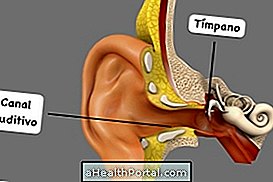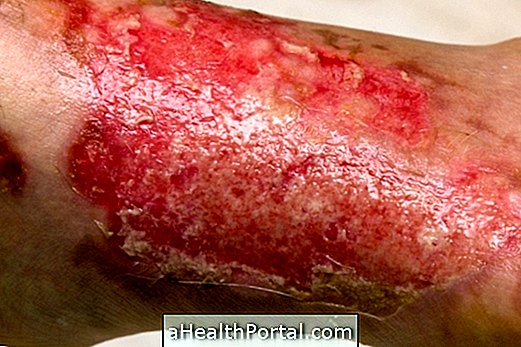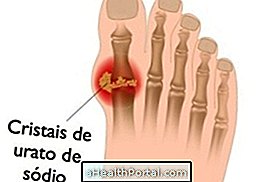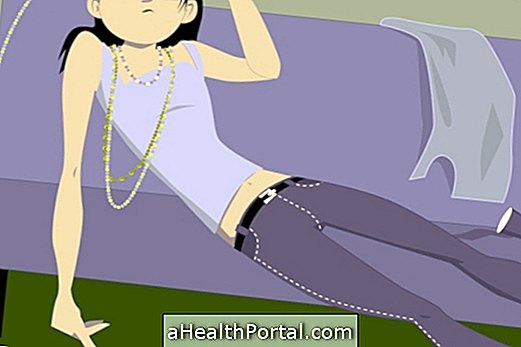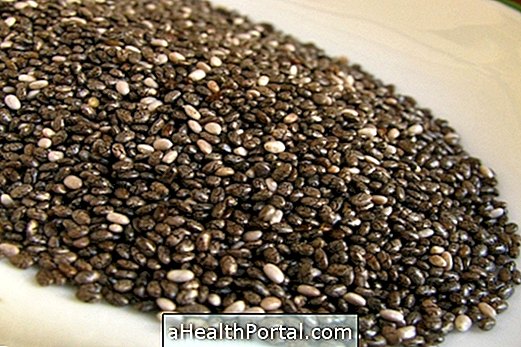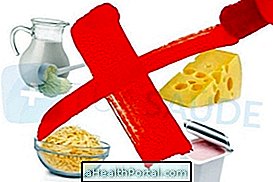Chagas disease, also known as American Trypanosomiasis, is an infectious disease caused by the entry of the parasite Trypanosoma cruzi ( T. cruzi ) into people's bodies. This parasite usually has as an intermediate host an insect known as a barber and that, during a bite in the person, defecates or urine, releasing the parasite.
Trypanosoma cruzi infection can bring various complications to a person's health, such as heart disease and disorders of the digestive system, for example due to the chronicity of the disease.
The barber has a nocturnal habit and feeds exclusively on the blood of vertebrate animals. This insect is usually found in crevices of stick houses, beds, mattresses, deposits, bird nests, tree trunks, among other places, being preferred by places near its source of food.

Main symptoms
The most characteristic symptom of Chagas' disease is the enlargement of the heart, which usually happens with the progression of the disease. Other symptoms of Chagas' disease are:
- Fever;
- Malaise;
- Swelling in the insect bite region, which is usually on the face,
- Roman sign, which corresponds to the swelling of the eyelids of the eyes;
- Swelling and pain of lymph nodes;
- There may be swelling of the spleen and liver.
Some people present fever only in the initial phase of the disease, making it difficult to diagnose. Usually the symptoms begin to appear 14 days after the infection by the parasite, but can be diagnosed years after the contamination.
The diagnosis of Chagas disease can be made through blood tests, in which the presence of anti-T.cruzi antibodies in the blood is investigated.
Causes of Chagas disease
Chagas' disease is caused by the parasite Trypanosoma cruzi, which has as an intermediate host the insect barber. This insect, as it feeds on blood, has the habit of defecating and urinating soon after, releasing the parasite, and when the person itches, this parasite can enter the body and reach the bloodstream.
Another form of contagion of the disease is the consumption of foods contaminated with the barber or its droppings, such as cane juice or açaí. The disease can also be transmitted through transfusion of contaminated blood, or congenitally, that is, from mother to child during pregnancy or childbirth.
Rhodnius prolixus is also a dangerous vector of disease, especially in areas close to the Amazon rainforest.
Life cycle

How is the treatment done?
Treatment for Chagas disease can be done initially with the use of medications for about 1 month, which can cure the disease or prevent its complications while the parasite is still in the blood of the individual.
But some individuals do not reach the cure of the disease, because the parasite leaves the blood and begins to inhabit the tissues that form the organs and therefore, it becomes chronic attacking especially the heart and the nervous system in a slow but progressive way. Learn more about the treatment of Chagas' disease.
Advances in research
In a recent study, it was found that a drug used to combat malaria has effects on Trypanosoma cruzi, preventing this parasite from leaving the barber's digestive system and contaminating people. In addition, it was found that the eggs of contaminated barber females were not contaminated with T. cruzi and that they started to lay fewer eggs.
Although it has positive results, this medication is not indicated for the treatment of Chagas' disease, because for that to take effect, very high doses are necessary, which is toxic for the people. Thus, researchers are looking for drugs with the same or similar mechanism of action and at concentrations that are not toxic to the body have the same effect.

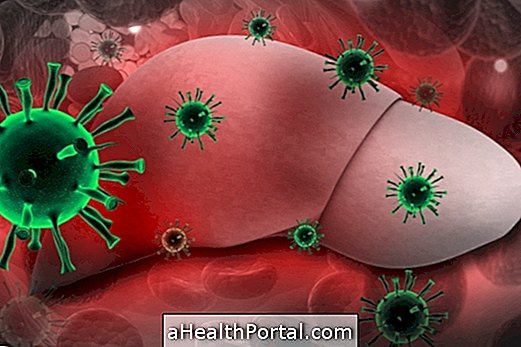

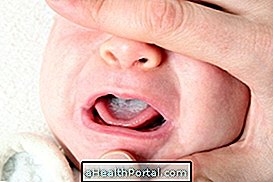
-o-que--sintomas-transmisso-e-tratamento.jpg)
